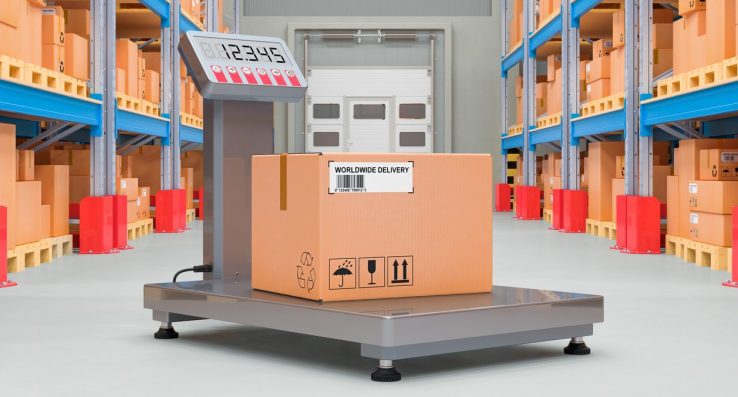We’re pleased to announce the release of OrderFlow 4.2.6. This release contains enhancements in many different areas of the system – from improved transfer of licence plates between warehouses, MRP integration to support the receipt of raw materials and finished stock within a manufacturing process, to more flexible putaway processes for forklift operations. OrderFlow 4.2.6 now also includes an industrial scales integration for automated weight capture.
The cross site licence plate transfer operations have been tightened up to more closely model the physical operations, and involve the use of dedicated ‘transit’ locations with an associated stock status. This feature applies when moving a pallet from one warehouse to another, and ensures that the stock position of the pallet stays ‘read-only’ while in transit.
A number of new capabilities have been built into work orders in OrderFlow. OrderFlow is now also able to interact with third party Manufacturing Resource Planning (MRP) systems. Here, the MRP systems handle bills of materials and production planning, while OrderFlow manages the storage and retrieval of input stock as well as the receipt and putaway of finished product. A number of new data import and system integration operations have been added to support this interaction. OrderFlow is also able to ‘consolidate’ raw material stock prior to the pick for manufacturing.





